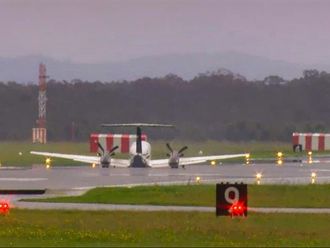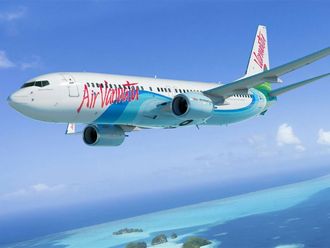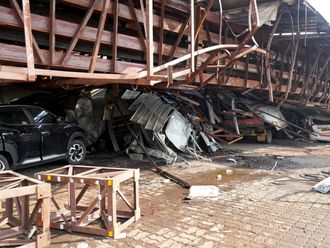Tokyo: Japan’s atomic watchdog summoned the boss of Fukushima-operator TEPCO on Friday for a public dressing down over sloppy standards at the crippled nuclear plant, as yet another problem with contaminated water emerged.
The Nuclear Regulation Authority (NRA) called in Tokyo Electric Power president Naomi Hirose and other executives over “the inappropriate management of contaminated water”.
“The problems have been caused by a lack of basic checks,” NRA secretary general Katsuhiko Ikeda told Hirose.
“I can’t help but say that standards of on-site management are extremely low at Fukushima Daiichi,” Ikeda said, adding the utility should beef up its staffing, including by sending workers from other nuclear plants.
Hirose apologised to Ikeda and pledged to increase efforts to deal with the ongoing trouble “by using all the company’s resources, including people, equipment and money”.
The meeting came as it was revealed a key system to decontaminate radioactive water at the plant had stopped again.
TEPCO halted the Advanced Liquid Processing System (ALPS) - the only one of three that was in operation - early Friday following “an alert suggesting abnormality in the process”, the company said.
The firm said the cause of the problem remained unknown, but no leaks of radioactive water from the system has been detected.
The stoppage came just four days after TEPCO got the system back up and running following a breakdown caused when a piece of plastic clogged the machine.
ALPS is the great hope for TEPCO, which is badly struggling to cope with a huge - and growing - volume of liquids at the plant, where reactors had to be cooled with thousands of tonnes of water after a tsunami hit in March 2011.
They continue to be doused, more than two-and-a-half years after the disaster.
Without a functioning ALPS, TEPCO is dependent on only one separate decontamination system to plough through about 1,000 tanks full of water.
Independent experts have said that, ultimately, this water will have to be dumped in the ocean once it has been scoured of the worst of its radioactive contamination.
But neighbouring countries, global pressure groups and local fishermen are deeply opposed to the idea, unmoved by assurances that the radiation will be massively diluted as it mixes with the vast stretches of the Pacific.
Friday’s breakdown is the latest in a growing list of problems at the plant, where TEPCO’s haphazard and uncoordinated efforts to fix the mess have been derided by one government minister as akin to someone playing “whack-a-mole”.
On Thursday the company announced 430 litres of polluted water had spilled from a tank as workers tried to remove rainwater that had gathered at the plant during a recent typhoon.
Its admission that the “contaminated water may well have flowed into the sea” came after the firm announced in August that 300 tonnes of toxic water that had leaked from a different tank had made its way into the ocean.
While the tsunami cost more than 18,000 lives, the nuclear disaster it caused is not officially recorded as having directly killed anyone.
But tens of thousands of people who were evacuated are still unable to return to their homes, with scientists warning some areas near the plant will have to be abandoned forever because of radioactive contamination.












